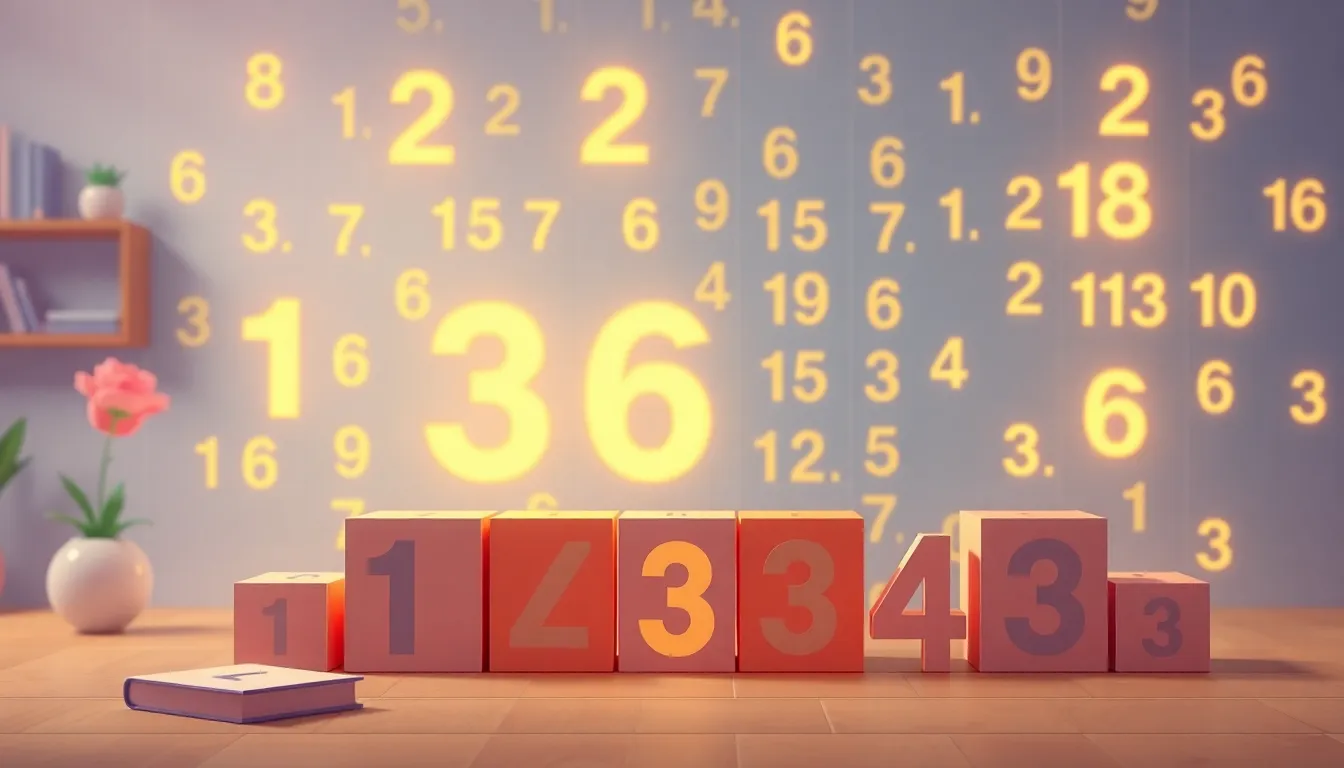
Algebra Foundations: Building Blocks for Real‑world Problems
Introduction
Algebra is the language that describes changing quantities in everyday life.
Understanding its basics helps you solve puzzles, design games, and predict trends.
1. Variables and Expressions
A Variable stands for an unknown number, like x in the equation x + 5 = 12.
Variables let us write Expressions such as 3 · x – 2, representing many possible values.
When you replace x with a specific number, the expression becomes a Numeric Result.
Think of variables as empty boxes you can fill with any item you choose.
2. Solving Simple Equations
An Equation states that two expressions are equal, for example 2y = 10.
To find y, perform the same operation on both sides, keeping balance.
Dividing both sides by 2 gives y = 5, the Solution.
Balancing equations mirrors real‑world tasks like budgeting: income must equal expenses.
3. Patterns, Functions, and Graphs
A Function assigns each input exactly one output, often written f(x) = 2x + 3.
Plotting f(x) on a graph creates a straight line that rises as x grows.
Recognizing patterns in data helps scientists predict climate change, disease spread, and stock prices.
Algebraic formulas turn observed patterns into powerful tools for future planning.
4. Algebra in Science & Current Events
Engineers use equations to calculate the thrust needed for rockets returning to Earth.
Epidemiologists model COVID‑19 cases with y = k·e^{rt}, showing exponential growth.
Renewable‑energy researchers apply algebra to estimate solar panel output under varying sunlight.
Seeing algebra in news stories shows how mathematics shapes tomorrow’s discoveries.
Algebra Foundations Quiz
Conclusion
Algebra turns everyday mysteries into solvable problems, inviting endless curiosity.
Keep experimenting, ask “what if” questions, and watch numbers reveal hidden patterns.
Your next adventure might involve coding a game, designing a bridge, or modeling climate data— all starting with these algebra foundations. Happy exploring!